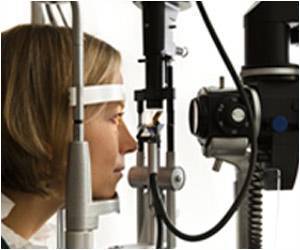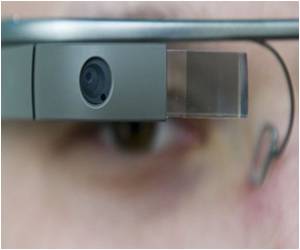Highlights
- The brain activities involved in the processing of sight to facial recognition has been identified.
- Researchers used highly sophisticated brain imaging tools like Magnetoencephalography (MEG) along with computational methods with the purpose.
"Our results provide a step toward understanding the stages of information processing that begin when an image of a face first enters a person's eye and unfold over the next few hundred milliseconds, until the person is able to recognize the identity of the face," said Mark D. Vida, a postdoctoral research fellow in the Dietrich College of Humanities and Social Sciences' Department of Psychology and Center for the Neural Basis of Cognition (CNBC).
Using Magnetoencephalography
To test how the brain activity changes and how the brain rapidly distinguishes faces, the brains of four people were scanned using magnetoencephalography (MEG).
These participants were then asked to view images of 91 different individuals with two facial expressions each-happy and neutral
Regardless of the expression, participants indicated when they recognized when the same individual's face was repeated.
"Combining the detailed timing information from MEG imaging with computational models of how the visual system works has the potential to provide insight into the real-time brain processes underlying many other abilities beyond face recognition," said David C. Plaut, professor of psychology and a member of the CNBC.
These findings could be used to locate the exact point at which the visual perception system breaks down in different disorders and injuries, ranging from developmental dyslexia to prosopagnosia, or face blindness.
The other study participants were CMU's Marlene Behrmann and University of Toronto Scarborough's Adrian Nestor.
This research was funded by the Natural Sciences and Engineering Research Council, Pennsylvania Department of Health's Commonwealth Universal Research Enhancement Program and the National Science Foundation.
The study is published in the Proceedings of the National Academy of Sciences (PNAS).
Reference
- Mark D.Vida et al. Proceedings of the National Academy of Sciences (PNAS); (2016)
Source-Medindia















